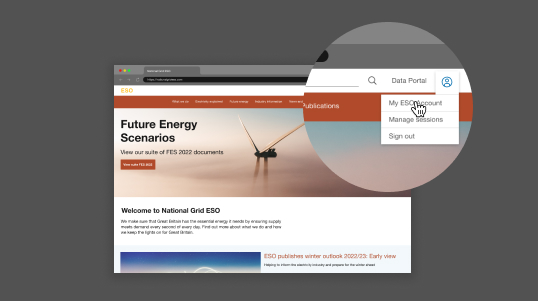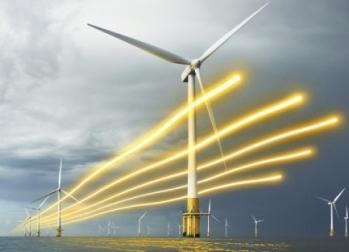Consumers require energy that is clean, secure, affordable, and fair. This is achievable, but strategic coordination and whole system thinking is key to achieving net zero while ensuring security of supply and reducing cost.
Key insights
Whole energy system:
- Strategic and timely investment across the whole energy system is critical to achieving decarbonisation targets and minimising network constraints. Coordinated planning and delivery of strategic, whole energy system investment through Centralised Strategic Network Planning (CSNP) will require continued collaboration and engagement with the government, Ofgem, local communities, industry, and the supply chain. Strategic network investment should be enabled through reforms to the planning system, while also balancing social and environmental impacts.
- Connections reform is required to facilitate quicker, more coordinated, and efficient connection to the GB electricity system to deliver net zero. Continued collaboration between government, Ofgem and industry is critical. The process must be future-proofed to facilitate potential prioritisation of connections for delivery of whole energy system benefits and net zero in line with strategic network planning.
- New large electricity demands, including electrolysers to convert electricity to hydrogen, will be required for net zero. These demands have significant potential to deliver whole energy system flexibility and reduced network constraints alongside decarbonisation. A cohesive strategy is required to ensure large electricity demands are located where they provide the biggest benefit to consumers and reduce whole energy system costs. This needs to be enabled by market reform.
- Total generation capacity is expected to increase rapidly through the 2020s, with between 42% and 85% increase by 2030.
- Offshore wind makes up the largest share of growth in electricity supply in the 2020s and becomes the largest source of generation in all scenarios by 2035.
- Capacity Market (CM) contracts awarded to a range of new gas and storage projects drive additional growth and reduce the role of other technologies in the supply mix in the short-term.
- Events over the past year have had a significant impact on the UK picture for natural gas. Despite price rises, we have seen an increase in gas demand due to an increase in exports to the continent as they looked to replace Russian gas. Supply from UKCS (UK Continental Shelf), imported gas via pipeline from Norway and shipped LNG (liquified natural gas) have all increased in the past year to match the demand.
- There is sufficient gas supply between now and 2050 to ensure security of supply. This is partly due to the diverse sources of natural gas available to GB, and because we expect natural gas demand to decline through fuel switching, energy efficiency improvements and increased renewable generation.
- The most effective way to ensure energy and climate security and reduce dependence on imported fossil fuels is the swift transition to clean energy and increased energy efficiency.
- Gas and hydrogen infrastructure: the gas network is still being used in 2050 in System Transformation and Falling Short, albeit with modifications to transport hydrogen in the former. In Leading the Way, the network required is not as extensive and, in Consumer Transformation, it is much reduced by 2050 due to reduced demand and lower levels of hydrogen.
- Low carbon hydrogen will play a vital role in the future energy system, but the breadth of application is very wide across our scenarios. This reflects the differing views on how hydrogen will be used to meet our energy needs.
- There is only enough hydrogen in the pipeline to meet the government target of 10 GW. We believe all the projects coming online and in time is less likely and therefore only seen in Leading the Way. More capacity and more projects would give more confidence in meeting this target. In order for this to happen policy support and consistency is required. All hydrogen projects rely on funding mechanisms which form part of the Energy Security Bill.
- Before 2030, demand for low carbon hydrogen will be dictated by proximity to a hydrogen production project, supported with government funding.
- Further clarity is needed on how and when track 2 industrial clusters will be delivered, alongside the expansion of track 1 clusters to reduce investment uncertainty and enable greater optionality for consumers.
- Electrolytic hydrogen production has the potential to deliver whole system benefits, and hence lower costs of energy, but only if it is in the right place. A cohesive strategy is required for technology which considers the proximity to network constraints, end users and transportation and storage of hydrogen.
- Bioenergy can play a role in the decarbonisation of all sectors of the economy, but resources are limited, so it is critical to ensure it is being used for the most optimal applications.
- Robust sustainability criteria are essential in ensuring maximum contribution to net zero from bioenergy, which is easier to assess for domestic supply chains. Reduced reliance on imports also reduces scope three emissions and strengthens security of supply.


